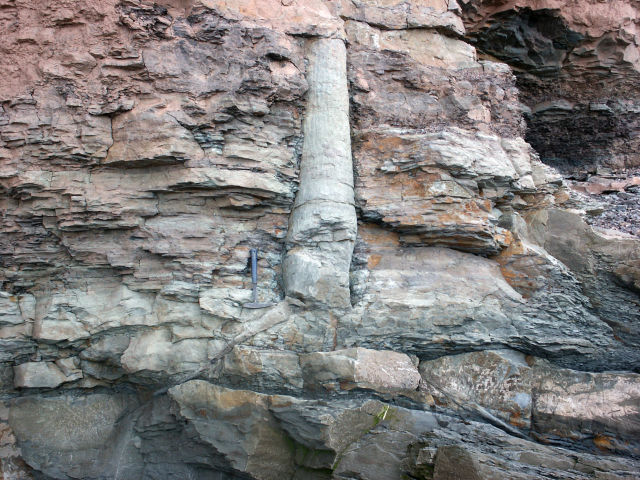Why was most of the Earth’s coal made all at once?
Ars Technica » Scientific Method 2016-01-25

A fossilized lycopsid—a tree-sized relative of club moss—buried by Carboniferous sediment. (credit: Wikimedia)
It made for a neat story:
Question: Why did so much of the world’s coal form during the geologic period we now call the Carboniferous?
Answer: Large tree-like plants evolved before fungi evolved the ability to break down the fibrous lignin that helped give the plants structure. With nothing to make them decay, their remains were free to pile up and yield thick coal deposits.
It’s a neat story, but, a new study led by Stanford’s Matthew Nelsen argues, it’s not true.
While coal deposits formed both before and after the Carboniferous, this period provided the mother lode. It occurred a bit over 300 million years ago and was a funky time that saw relatives of club mosses grow to the size of trees while insects also reached comparatively gigantic proportions due to the higher-than-modern oxygen concentration.